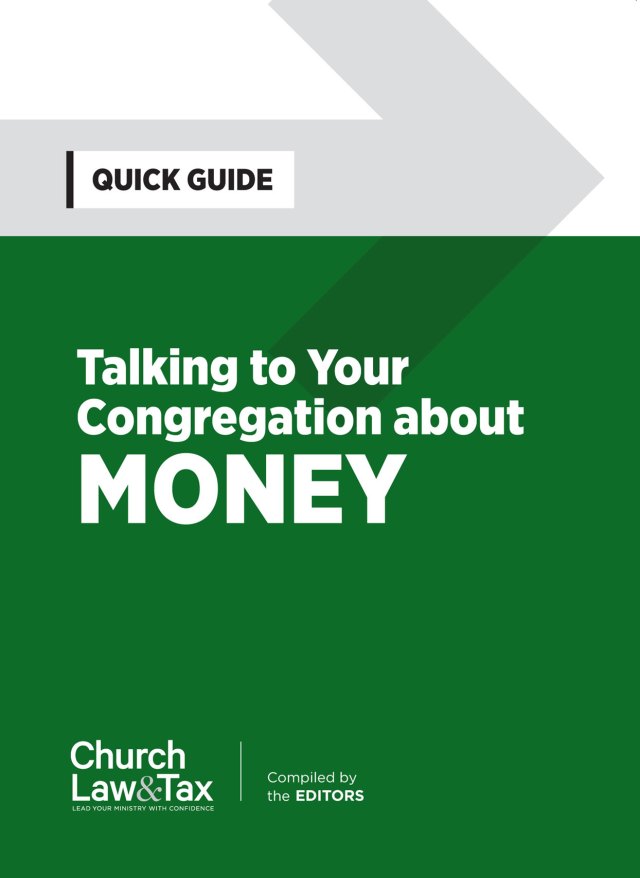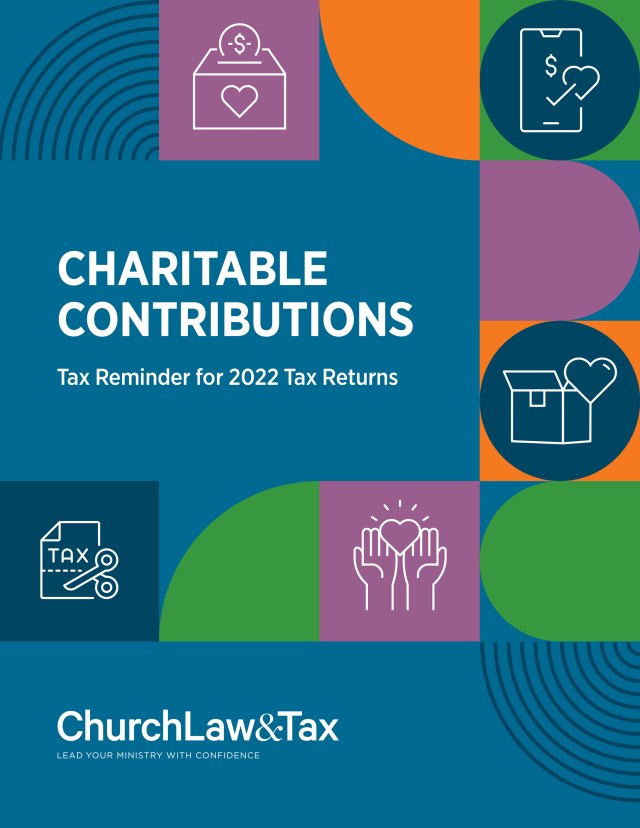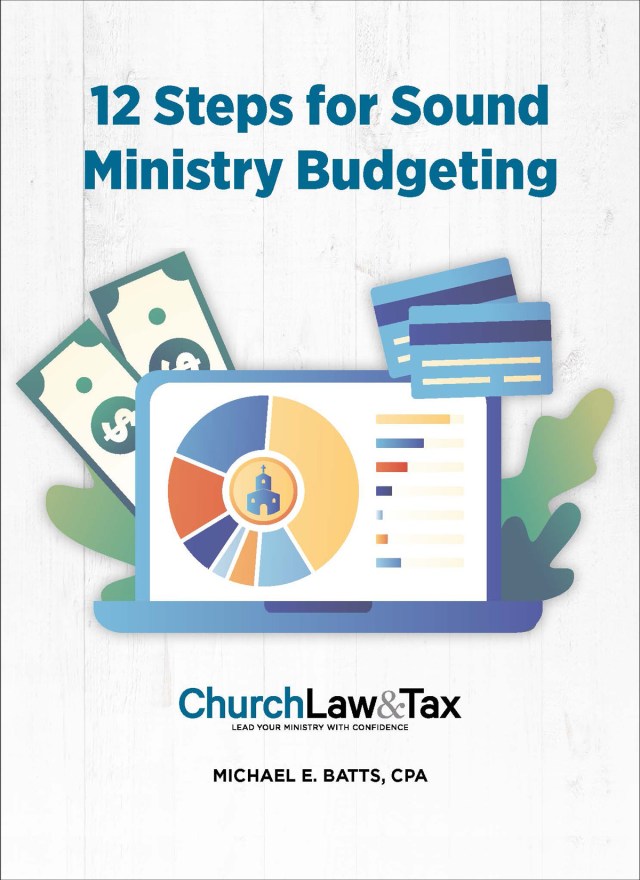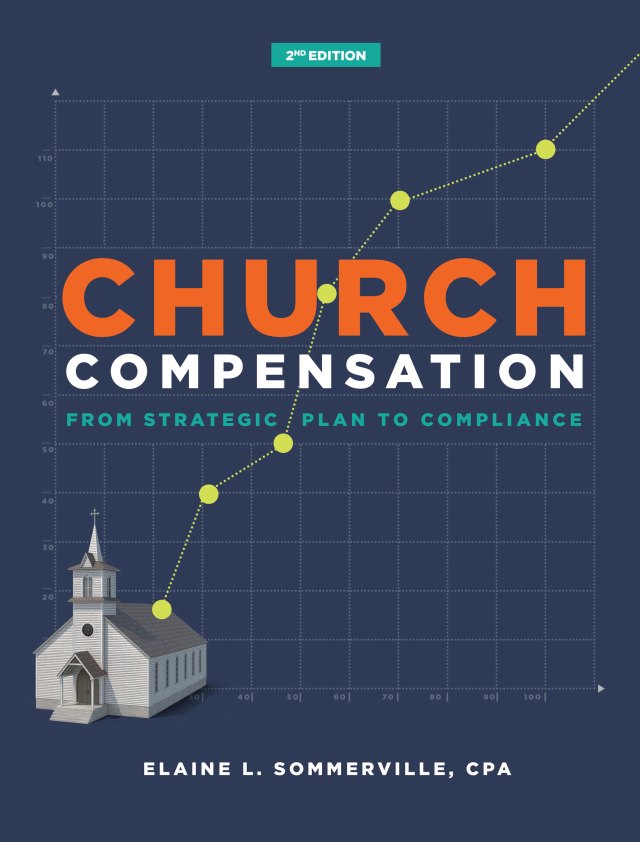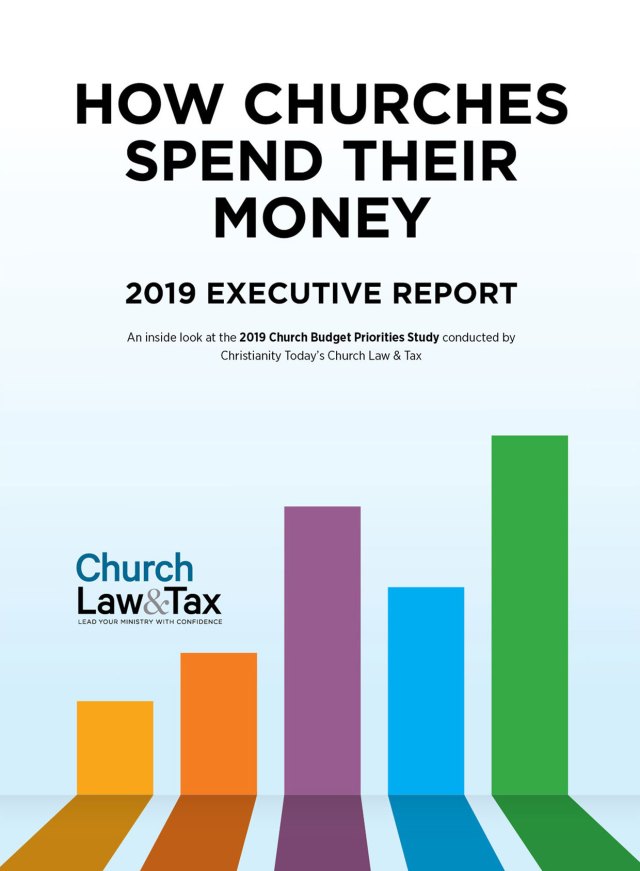During the past four years, Salem Baptist Church in Chicago has faced many of the same tough choices as other churches across the country. Located in one of the city’s poorest neighborhoods, one plagued with high unemployment, Salem Baptist found itself providing assistance with rent, prescriptions, and utilities payments to the majority of its members.
The problem: Those who could give to the church faced increasing challenges to do so, especially as job losses mounted and the Great Recession took hold. As weekly giving declined, so did the church’s ability to provide the same level of assistance to its community.
Salem Baptist was not alone in its struggle. Congregations of all sizes throughout the country also experienced dips—and in many cases valleys—in their income. But in Salem Baptist’s case, as well as others, signs of hope emerged in 2011. Giving increased at 51 percent of churches participating in the 2012 State of the Plate constituency survey, the first time a majority reported gains in three years.
The survey results also show that more than 70 percent of megachurches (those averaging more than 2,000 people at weekend services) saw giving increases, while only 39 percent of small churches (fewer than 100 in weekend attendance) saw an uptick of offerings. Thirty-two percent of churches overall reported declines.
We interviewed several church leaders from across the country to find out how their experiences square with those of the more than 1,360 pastors and leaders of Protestant churches nationwide who participated in the survey, which was co-sponsored by Christianity Today’s Church Finance Today and Leadership Journal, Maximum Generosity, and the Evangelical Council for Financial Accountability (ECFA).
Share often
William Attaway, senior pastor at Southview Community Church, located in a suburb of Washington, DC, greets about 200 people at services each weekend. “We saw a little bit of a dip two years ago, and then last year it rallied.” Now Southview’s giving is starting to climb. Giving during the first quarter of 2012 rose 10 percent compared with the same year-ago period. What’s causing the needle to move? Attaway says it’s a combination of factors.
“We have a young congregation,” he says. “The average age is 33. Our younger members would say, ‘I’d love to give and support what’s happening here, but my debt level is so high,’ or ‘I’m underwater on my mortgage.’ We wanted to help them with this. We wanted to teach a theology of stewardship. So since 2009, we’ve been offering Financial Peace classes with the goal of putting everyone in the church through this teaching.”
Southview also became more intentional about communicating its accomplishments in the community. “At the weekly offering, we talk about what the impact of our giving is on our community. People want to know what they’re giving to and what difference it’s making in lives. Even something as simple as a cover letter that goes out with the quarterly contribution statements to remind people what their giving is doing— here are some things you can look and see and touch and feel,” Attaway says. This inspires people to do more, he adds.
Women Doing Well (WDW), an organization focused on helping women steward their resources wisely, recently conducted a survey on the giving patterns of more than 7,000 Christian women. Like congregants in Attaway’s church, WDW survey respondents say they give more when they learn about needs and become personally involved in serving.
“Women want inclusion,” says Amy Sherman, principal researcher for the WDW survey. “They have a strong desire to see work in the field, and a strong desire to be better informed on the progress of results from their giving.” A holistic approach to cultivating generosity, like what Attaway’s church has implemented, is clearly an effective way to increase revenue, especially among women donors.
Teach and expand reach
Midway through 2012, giving at Northshore Christian Church in Everett, Washington, remains flat compared to last year. Northshore sits in the shadow of Seattle’s Boeing Company aircraft factory, in the region of the country where churches suffered most financially. According to the 2012 State of the Plate results, 38 percent of churches in Pacific Coast states (California, Oregon, Washington, Alaska, Hawaii) reported decreases in 2011, although 45 percent of churches in these states saw giving increases.
“In the past, there was a disproportionate number of wealthy members who were our main donors,” says Rob Cizek, Northshore’s executive pastor. “Before the recession hit, our senior pastor had done a lot of teaching on the proper stewardship of money. As our congregation began to mature spiritually, more people started to give. When the economy went bad, much of the giving by a few went away, but it’s been replaced by a lot of smaller giving units.” Although the income line remains flat, Cizek says, “There’s an all- around better spiritual health in the congregation that’s reflected in that broader giving. I suspect that as the economy improves and those former wealthier donors begin to recover financially, our church may see a broader recovery as well.”
2012 State of the Plate findings support Cizek and Attaway’s experiences: People give more when they learn about the spiritual discipline of handling money. According to the survey, 42 percent of churches who experienced improved giving in 2011 saw it go up after they taught about finances and generosity.
Overall, more churches are teaching on finances and generosity than in the past. The 2012 State of the Plate reveals that nearly 75 percent of churches did a sermon or sermon series on the topic of stewardship, compared to 66 percent two years ago. Women Doing Well survey respondents say discipleship is the key reason they are motivated to give.
Where’s the new money going?
With more funds available, church budgets are up as well. According to the 2012 State of the Plate results, approximately 51 percent of churches are increasing their budgets and allocating new money primarily to pay raises for staff (40.3 percent), and then to missions (36.5 percent), church buildings (35.3 percent), and benevolence (31.1 percent).
On the surface, the decision to funnel new funds to staff might raise an eyebrow—until you hear about the painful, and oftentimes deep, cuts churches made in the past few years.
Nicholas Smith, executive pastor of Bethany Baptist Church, a congregation of 6,000 people in New Jersey, says his church laid off staff, froze salaries, and cut ministry programs to stabilize. Salaries remain on ice. “Sometimes you have to make difficult decisions to keep the ship afloat. We’re hoping in the near future we’ll be able to go back to normal and give raises,” he says.
Cizek says flat revenue and increasing expenses is the new normal for his church.
“Our cost structure is going up like everyone else, but with flat revenue, it’s putting pressure on our staff. There have been more demands placed on ministry because of the recession—an increased need for counseling, financial assistance, and food assistance—so we’re seeing greater demand for staff services at a time when we have fewer resources for staff. We lost three positions at the height of the recession because of attrition, and those positions have not been restored,” he says.
“As our congregation has matured spiritually, we’re giving increased responsibility to lay leaders. Our new normal is less staff and increased responsibility for key leaders in our congregation.”
Although Attaway’s church maintained its staff size and provided cost-of-living raises, and even a few merit raises this past year, it couldn’t maintain the same benefits package for employees as it had in the past.
“We received a 67 percent hike on our insurance renewals this year,” Attaway says. “And this was after a 40 percent increase last year! We had to negotiate a different insurance plan for our employees. It was a definite reduction in benefit, but at least we were able to bring it to a 21 percent increase.”
Anne Kessler, business manager at Church of the Resurrection in Glen Ellyn, Illinois, says her church was able to reinstate retirement benefits in 2010.
“In 2011, salaries were still frozen,” she says, “but that was more to allow us to increase the percentage going to facilities as we looked to owning our own building. In 2012 we were able to give all employees a cost-of-living increase as well as ‘right size’ several salaries.”
Money back to ministry
Churches also increased funding for mission and benevolence programs, 2012 State of the Plate results show. This is good news for churches that previously pulled back on the amount of funding they previously allocated to ministry initiatives.
“We slashed our ministry budget 10 percent at the height of the recession,” says Cizek. “Each ministry was given responsibility to pick and choose what they wanted to cut.”
The upside of being forced to make budget cuts to ministry programs, he says: learning to ask the hard questions. “For the first time, our church took a hard look at our ‘legacy’ ministries—the programs that were a good idea 10 years ago, but which were started by someone who’s no longer here,” he says. “We’ve had to learn that just because something has always been, doesn’t mean that it can continue indefinitely without asking questions. We need to be sure all of our ministries are aligning with our current focus, and that wasn’t happening before.”
Attaway’s church avoided cutting ministries by tapping reserves they had built up in recent years. “We looked at ways to spend less money or defer spending where we could, but without those reserves, we would have been facing some really difficult choices. They helped us weather this storm without having to make drastic cuts. Thankfully, in the last year we’ve been able to rebuild some of our reserves.”
As Salem Baptist in Chicago has found its financial footing again, the church has been able to increase dollars flowing into ministry efforts, says Veronica Abney, the church’s business administrator. “Four years ago, ministry programming accounted for less than 20 percent of Salem’s annual budget,” she says. “This year we’re projecting a 25 to 30 percent increase, and our goal is to increase another 5 percent or more by the year of 2013! I believe the ministry of Salem Baptist has survived the volatility of the economic crisis.”
Related resources on ChurchLawAndTaxStore.com:
- 2012 State of the Plate, an executive summary
- Increase Giving at Church, a training download
- Essential Guide to Church Finances
This article first appeared in Church Finance Today, July 2012.
